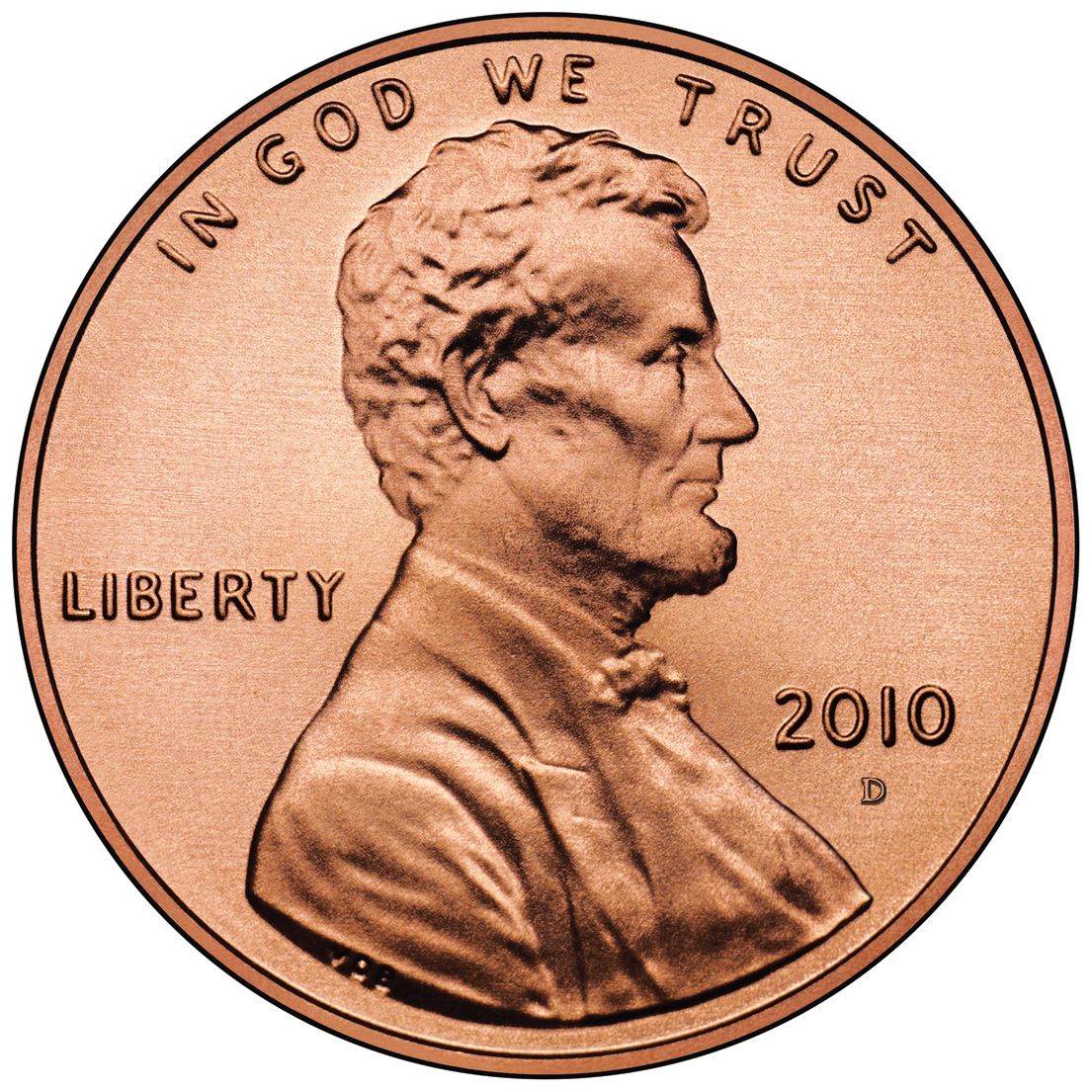U.S. Penny Phase-Out: Circulation Halt By Early 2026

Table of Contents
The High Cost of Keeping Pennies in Circulation
The core argument for penny elimination centers on its exorbitant production cost.
Production Costs Exceed Value
The cost of minting a penny significantly surpasses its one-cent value. According to the U.S. Mint, the cost to produce a single penny in 2023 was estimated to be around 2.5 cents. This means the government loses money with every penny produced.
- Cost of materials: Pennies are primarily composed of zinc, coated with copper. Fluctuating metal prices further inflate production costs.
- Minting and transportation costs: The energy and machinery required for minting, along with the expenses of transporting millions of pennies across the country, add up considerably.
- Environmental impact: The extraction and processing of raw materials contribute to environmental degradation. Eliminating the penny could reduce this impact.
- International comparison: Many countries have already eliminated low-denomination coins like the penny, demonstrating the feasibility and potential benefits of such a move. Canada eliminated the penny in 2013, and similar actions have been taken in Australia and other nations.
Economic Arguments for Penny Elimination
Removing the penny could yield significant economic benefits.
Increased Efficiency and Savings
A penny-less system would streamline transactions and reduce costs across the board.
- Reduced handling and processing costs for businesses: Businesses would save on the time and resources spent counting, sorting, and transporting pennies.
- Savings in transportation and storage costs: The elimination of pennies would significantly decrease transportation and storage needs, leading to substantial cost savings for banks, businesses, and the government.
- Potential benefits for the U.S. Mint: The U.S. Mint could redirect resources and manpower to more cost-effective operations.
Impact on Cash Transactions
The transition to a penny-less system would affect cash transactions. Concerns exist regarding rounding.
- Potential for slight price increases due to rounding up: While prices might increase slightly due to rounding up, the overall economic benefits could outweigh this minor inconvenience.
- The impact on low-income individuals who rely heavily on cash: Strategies to mitigate this impact, such as increased access to cashless payment systems, are crucial.
- Technological solutions: Mobile payment apps and other digital payment methods are already widely used, potentially minimizing the impact on cash-dependent individuals.
Political and Public Opinion on the U.S. Penny Phase-Out
The debate surrounding penny elimination has a long history.
Congressional Debate and Proposals
Numerous bills proposing the elimination of the penny have been introduced in Congress over the years.
- Past bills introduced in Congress: While some have gained traction, none have successfully passed into law.
- Arguments for and against elimination: Supporters highlight cost savings and efficiency, while opponents cite concerns about the impact on low-income individuals and cultural significance.
- Public opinion polls and surveys: Public opinion is divided, with varying levels of support for elimination across different demographic groups.
Lobbying Efforts and Opposition
Several groups actively oppose the penny's removal.
- Organizations benefiting from the continued production of pennies: Companies involved in the production and transportation of pennies have a vested interest in maintaining the status quo.
- Concerns about the impact on collectors and numismatists: The elimination of the penny would remove a collectible item from circulation.
- Emotional attachment to the penny: For some, the penny holds sentimental value as a cultural icon.
What Happens to Existing Pennies?
Once a phase-out is implemented, several scenarios could play out.
Potential Scenarios for Existing Pennies
The fate of existing pennies is uncertain but several possibilities exist.
- Gradual removal from circulation: Pennies could be gradually removed from circulation as they wear out or are deposited in banks.
- Melting down existing pennies for metal recovery: The metal components of pennies could be recovered and reused.
- Potential for numismatic value: Certain rare pennies could increase in value among collectors.
Conclusion: The Future of the U.S. Penny: Preparing for a Penny-less Future
The arguments for and against a U.S. penny phase-out are complex. While the high cost of producing pennies is undeniable, concerns about the impact on low-income individuals and the emotional attachment to this iconic coin must be addressed. The projected timeline of early 2026 remains a possibility, but the final decision rests with Congress. The potential implications for consumers and businesses are significant, requiring careful planning and consideration. We encourage you to research the issue further and form your own informed opinion on the U.S. penny phase-out. Visit the U.S. Mint website and follow relevant news sources to stay updated on this evolving situation. The debate over penny elimination is far from over, and your voice matters in shaping the future of the U.S. penny.

Featured Posts
-
 Record Forest Loss Wildfires Intensify Global Deforestation Crisis
May 24, 2025
Record Forest Loss Wildfires Intensify Global Deforestation Crisis
May 24, 2025 -
 The Ultimate Guide To Escaping To The Country
May 24, 2025
The Ultimate Guide To Escaping To The Country
May 24, 2025 -
 Avrupa Borsalari Guenluek Raporu Stoxx Europe 600 Ve Dax 40 In Performansi 16 Nisan 2025
May 24, 2025
Avrupa Borsalari Guenluek Raporu Stoxx Europe 600 Ve Dax 40 In Performansi 16 Nisan 2025
May 24, 2025 -
 Canada Posts New Offers Averted Strike
May 24, 2025
Canada Posts New Offers Averted Strike
May 24, 2025 -
 Exploring Frank Sinatras Four Marriages And Their Significance
May 24, 2025
Exploring Frank Sinatras Four Marriages And Their Significance
May 24, 2025
Latest Posts
-
 Dylan Dreyers Today Show Transformation A Remarkable Journey
May 24, 2025
Dylan Dreyers Today Show Transformation A Remarkable Journey
May 24, 2025 -
 Dylan Dreyers Weight Loss Transformation A Powerful Impression On Nbc
May 24, 2025
Dylan Dreyers Weight Loss Transformation A Powerful Impression On Nbc
May 24, 2025 -
 Dylan Dreyers Honest Disclosure Leaves Today Co Hosts Speechless
May 24, 2025
Dylan Dreyers Honest Disclosure Leaves Today Co Hosts Speechless
May 24, 2025 -
 Unexpected News Dylan Dreyer Faces A Difficult Challenge
May 24, 2025
Unexpected News Dylan Dreyer Faces A Difficult Challenge
May 24, 2025 -
 Dylan Dreyer Shares Shocking Personal Update On Today Show
May 24, 2025
Dylan Dreyer Shares Shocking Personal Update On Today Show
May 24, 2025
